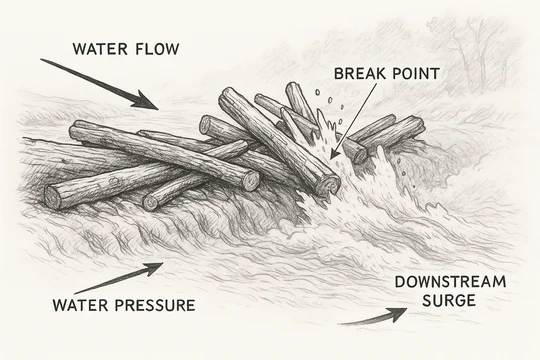
This week, Judge Noreika denied a § 101 motion because it challenged more than 60 claims, and because the parties disagreed as to whether any claims were representative:
WHEREAS, Plaintiff’s [§ 101] motion does not precisely specify which claims’ eligibility it is challenging . . . , but in any event details challenges to more than sixty claims’ eligibility . . . without any agreement about representativeness . . . ;
WHEREAS, should this case proceed to trial, the asserted claims will be narrowed through the parties’ disclosures and discovery and, as such, most of the claims subject to the Plaintiff’s § 101 motion will not be in issue at later stages of the case (including at trial); and
WHEREAS, it is not an efficient use of the Court’s time to address the patent eligibility of over sixty claims of the Targeted Advertising Patents at the motion to dismiss stage, particularly where the parties dispute whether those claims are representative;
THEREFORE, IT IS HEREBY ORDERED that Plaintiff’s motion to dismiss is DENIED without prejudice to renew at summary judgment with respect to the § 101 issues.
Judge Noreika has now resolved several larger-claim-count § 101 motions to dismiss with similar orders, each of which note the inefficiency of addressing large numbers of claims at the motion to dismiss stage and deny the motion without reaching the core § 101 question. See, e.g., Commvault Systems, Inc. v. Rubrik Inc., C.A. No. 20-534-MN, D.I. 38 (D. Del. Feb. 10, 2021) (involving 70 claims); Neustar, Inc. v. Prove, Inc., C.A. No. 20-1633-MN, D.I. 24 (D. Del. Apr. 29, 2021) (involving 145 claims).
On the other hand, she has granted at least one smaller § 101 motion to dismiss that still involved a significant number of claims. See Rothschild Digital Confirmation, LLC. v. Epay Systems, Inc., C.A. No. 19-1108-MN, D.I. 50 (D. Del. Mar. 26, 2020) (granting § 101 motion on patent with 39 claims).
The risk of higher-claim-count § 101 motions before Judge Noreika may not be apparent from Lexis/Westlaw research, but it's something worth keeping in mind. Consider limiting your early § 101 motion to just the asserted claims, and making it as compact and directed as possible (that second part is probably a good idea with any judge, really).
One Quick Thought on Picking a Representative Claim
Parties sometimes try to argue that the least complex claim is representative in their § 101 motions. That's great if the plaintiff agrees. But if the other side is unlikely to agree, you may be better off with the opposite strategy: selecting the most complex claim as the representative claim. That way, it's a downhill argument to then argue that if that claim is invalid as directed to an abstract idea, the remaining must be as well.
And what is the patentee going to say in response? That the claim the moving party chose is not representative because the other claims are simpler or broader (and therefore more abstract)? Just something to think about.
If you enjoyed this post, consider subscribing to receive free e-mail updates about new posts.





